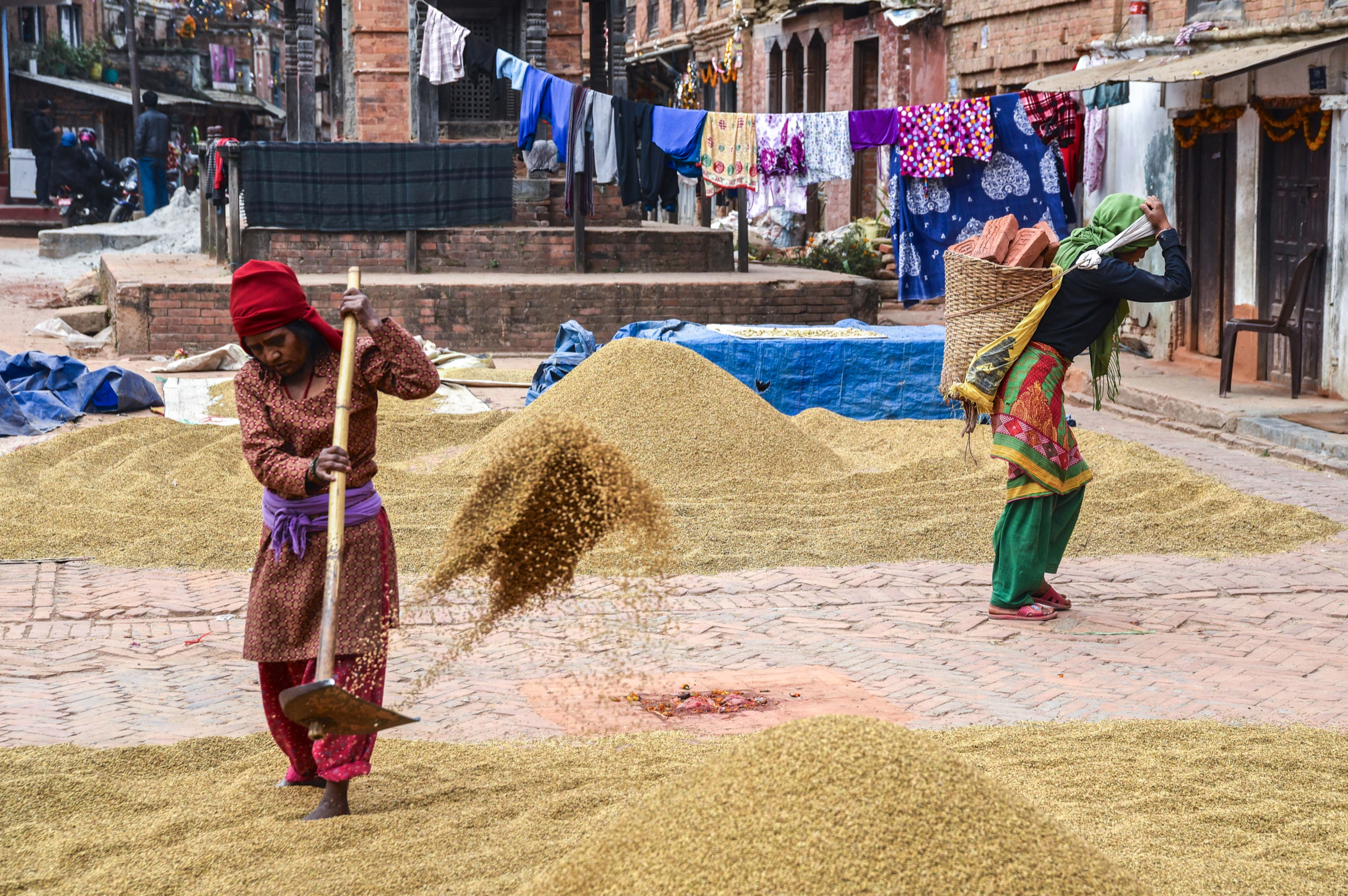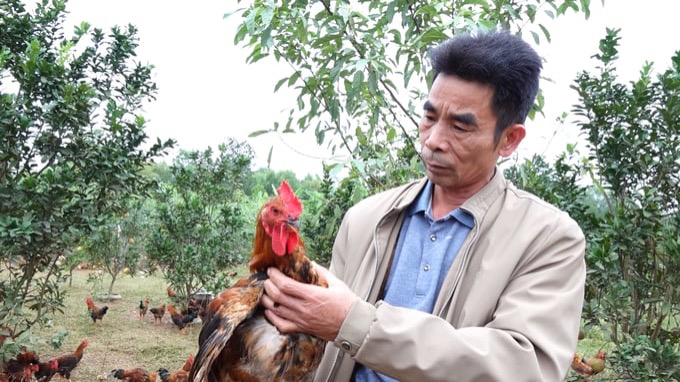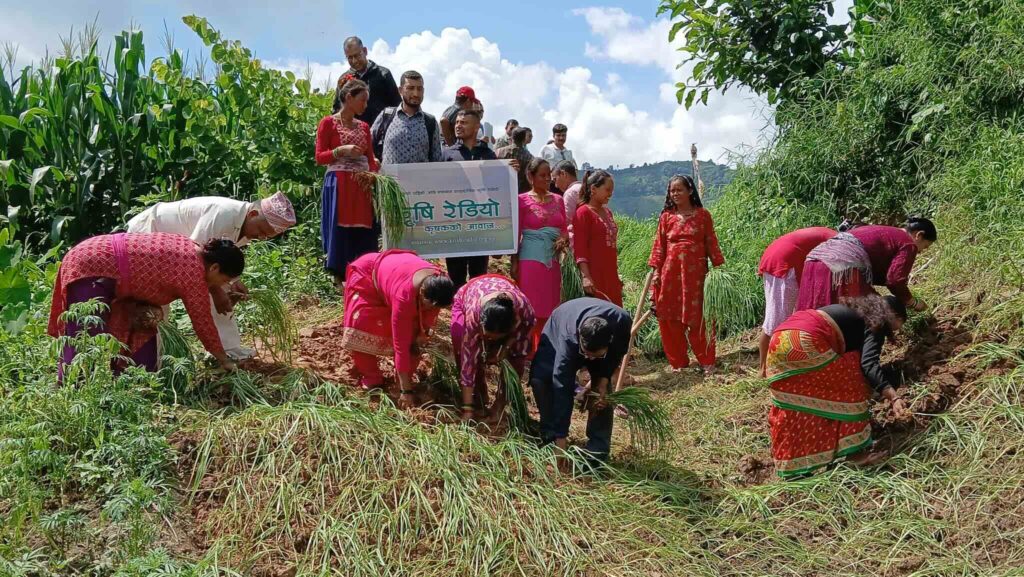
CSA shows potential to help women farmers in Nepal
A research study led by agricultural economist Arun Khatri-Chhetri found that climate-smart agriculture (CSA) technologies and practices could potentially reduce the burden of labor among women farmers in climate-risk and poverty hotspots in Nepal. These CSA technologies included zero tillage machines, weeders, and solar pump irrigation. Sound post-harvest management and practices such as direct seeding of rice, laser land leveling, and green manuring were also critical to labor burden reduction. These CSA technologies and processes could also improve women farmers’ access to agricultural resources, direct participation in decision-making, and links to sources of market opportunities.
The three indicators used in the study were women’s involvement in agriculture, climate risk exposure, and district level poverty. Researchers gathered these indicators from government repositories then subjected these to overlaying in the Geographic Information System for identification of hotspots. Out of the several hotspots, the researchers randomly selected the districts of Rupandehi and Chitwan as research sites. The potential benefits of CSA technologies and practices in these districts were determined through a survey among households and a series of focus group discussions among women farmer organizations. Data were also gathered on climate risks and impact. Flood, rainfall, cold waves, and droughts resulted in crop yield losses from 2003 to 2012. In terms of the gender gap in agricultural labor, women farmers contributed significantly higher than men with household size, main occupation of household head, and women household head as significant determinants of participation.
While many gender gap analyses focused on access to resources and decision-making in agriculture, this study tackled a new dimension by linking women’s agricultural labor with CSA. The researchers who conducted this study were part of the CGIAR Research Program on Climate Change, Agriculture and Food Security, the International Maize and Wheat Improvement Center, and the Nepal Development Research Institute. To know more about this study, access the journal article here: https://link.springer.com/article/10.1007/s10584-018-2350-8
Photo Credit: Eleven Italy (2019) CC BY-SA 2.0



